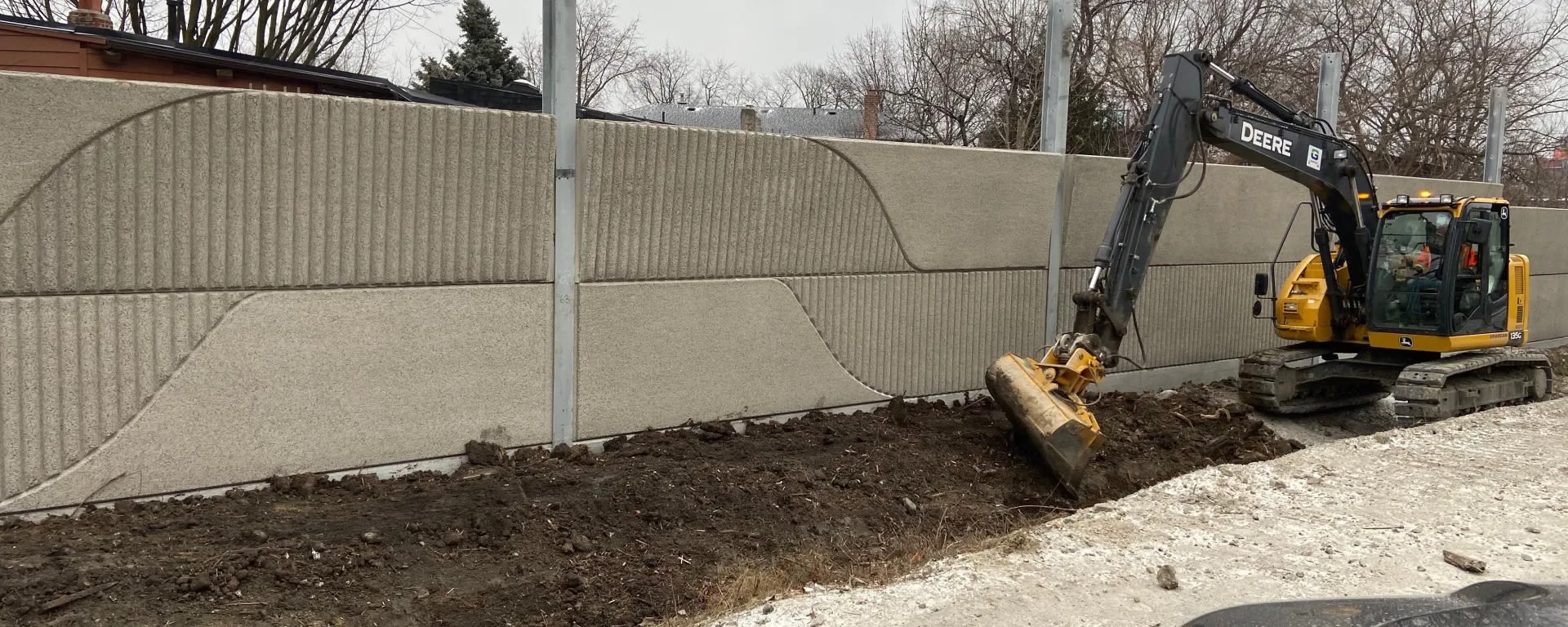Metrolinx holding info session on Barrie GO Line expansion plans
In the next 10 years, the GO Expansion program will deliver a whole new rapid transit experience.
May 21, 2021
Transit customers and residents along the Barrie GO Line are getting an update this month.
Metrolinx is planning a public information session from May 24-31, 2021, for people to get the latest information on construction efforts to expand the corridor for the future second track along a section of the north-south route.
The online session will take place on the Metrolinx Engage website.
Doubling the tracks is an important step in expanding train service for GO riders along the Barrie Line.
“GO Expansion will bring two-way, all-day service for people across Toronto, York Region and Simcoe County,” said Maja Zugic, Metrolinx project manager.
“With more frequent train service, transit riders will have more options to get where they need to go.”
For the Barrie GO rail corridor, the work includes modifications and upgrades called enabling works that will allow for a second set of tracks to be installed in the future.
An example of noise walls being installed along the Barrie GO Line this past winter. (Metrolinx photo)
The modifications and upgrades needed before the second set of tracks can be installed will take place over a five-year period (2019 to 2024). This second set of tracks is necessary to support all-day, two-way GO service.
The public information session will focus on the enabling or preliminary work that will occur in the rail corridor between Eglinton Avenue West to St. Clair Avenue West and between Highway 401 to Sheppard Avenue West.
What does this enabling work entail?
There is a lot of work to do before a second track can be installed. Construction crews need to get a lot of preparatory work done first. This includes
- Removing existing vegetation
- Relocating underground/ overhead utilities
- Installing noise barrier wall posts and panels,
- Installing security fencing
- Storm sewer/ culvert installation and replanting vegetation where required.
Trees removed within the rail corridor will be replaced through a compensation program with trees being planted outside of the project area within the City of Toronto.
What’s been done so far?
There’s already been significant work done, including the removal of existing vegetation and some grading work. Noise barrier walls have also been constructed King Street West to Dundas Street West.
As Metrolinx continues to move towards all-day two-way GO service on the Barrie Line, noise barriers are being installed. (Metrolinx photo)
Grascan is the contractor Metrolinx selected to complete the enabling works that will eventually allow for installation of a second track along the Barrie GO corridor through the City of Toronto. They are working closely with Metrolinx to share information about the project with residents in the area.
“Grascan has extensive experience with heavy civil construction within the City of Toronto and understands the impacts that work can have on local residents,” said Angelo Grassa, president of Grascan Construction.
“Careful planning of the work and communication with all stakeholders will ensure a successful delivery of the Barrie GO double track enabling works with minimal impacts to the community.”
Construction activities in the rail corridor between Eglinton Avenue West to St. Clair Avenue West and between Highway 401 to Sheppard Avenue West will start in summer 2021 and finish in fall 2022.
Residents and businesses located along the corridors may experience some short-term effects of construction activities associated with the enabling works.
All of the work will occur within the existing active rail corridor, with minimal impacts to traffic. Any traffic impacts will be communicated to the public through the City of Toronto Road Disruption Activity Reporting System (RoDARS).
Noise and vibration levels are expected to be typical of construction activities and Grascan will use augers to install the noise wall posts to help minimize noise disruptions to nearby residents.
If property access is required to complete any aspects of the work, residents will be notified directly. Those living and working nearby will also be notified if there are lane closures or work occurring at night.
For more information on the project, visit the Barrie GO Expansion website.
by Patricia Pytel Metrolinx Capital Communications Manager
